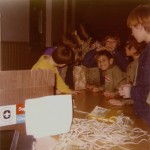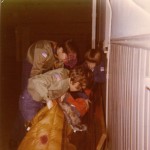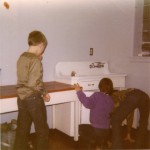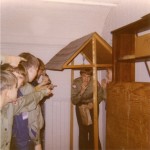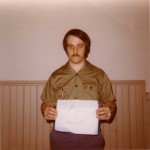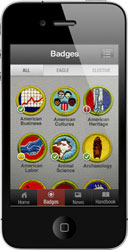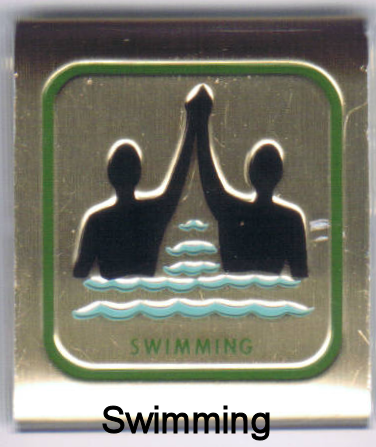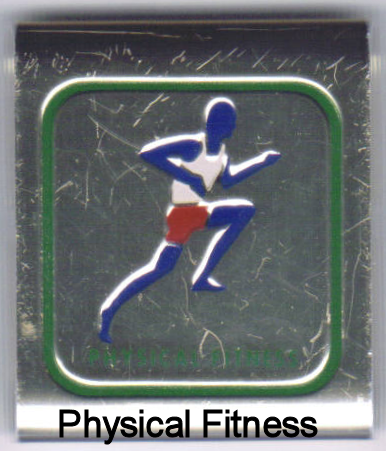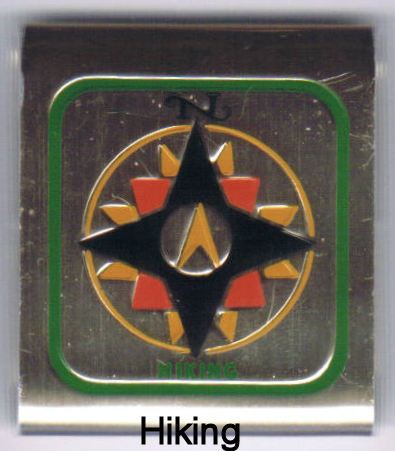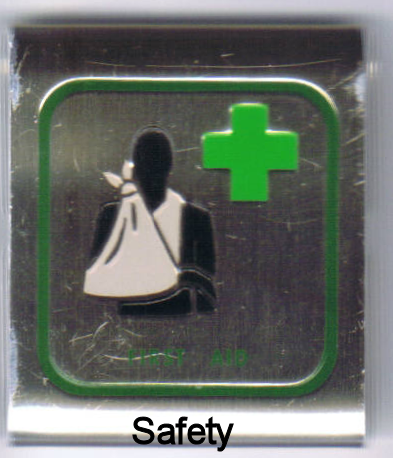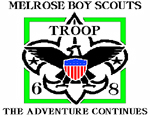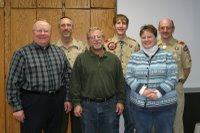 The Board of Review. Terrifying to the new Tenderfoot Scout. Confusing to the new committee member. How does the Scout prepare? What are the board members supposed to cover and ask?
The Board of Review. Terrifying to the new Tenderfoot Scout. Confusing to the new committee member. How does the Scout prepare? What are the board members supposed to cover and ask?
I have been scoutmaster long enough to see a lot of people come and go on the committee. Many times the new committee members are confused when it comes to serving on their first board of review. I usually let the more experienced committee members instruct the newer ones about what to do or say. However, during the past 25 years I saw they could use a suggestions or two, so I made a Board of Review sheet for them to use during the BOR. It seems to have helped them quite a bit during the years. In fact, I think newer members now think it is a sheet required to be filled out during a BOR. I have to correct them that it is a sheet of suggestions to cover for our own troop use, it is not a national requirement form.
So, what does the sheet have on it? It has seven areas I suggest the BOR to talk about with the Scout.
Participation. How has the Scout been doing with attendance at meetings, outings and fundraisers? If he has not been showing up for functions then it is time for them to ask about the reasons behind the poor attendance. Many times the Scout has valid reasons, but sometimes he does not. Sometimes the board will discover things that the scoutmaster does not know about. It is also a good time to praise the Scout who has a great attendance record.
Scout Spirit and ideals. Does the Scout know the Scout Oath, Law, Motto, and Slogan? Does he know what they mean? Does he try to live by them? Of course, the board members better know and understand these oaths themselves or it may look awkward if the Scout catches them in a mistake of understanding.
Merit badges and advancement. First of all, this is not a re-test of the badges! My suggestion is to ask which merit badges were fun to earn and why? Which ones were difficult? Did he find any of the skills learned while earning the badges to be useful in everyday life? Keep the questions about general topics.
Service Projects. Did he participate in the troop’s service projects and/or help out with other troop members Eagle projects? What were the purpose of the projects? Did he learn anything while doing them?
Leadership. What position of leadership did he hold in the troop since the last board of review? Was it difficult or easy? What type of leader was he? What were his duties? Did he do them well? Most of the time the BOR members really don’t know much about how the Scout did with a leadership position because the members do not regularly attend troop meetings and outings. However, they should ask the Scout questions, and also talk with the scoutmaster before the BOR.
Religious principles. Of course, a Scout must have a belief in God. How does he practice his faith? What does he believe is his duty to God? We have to be careful with this topic because there are Scouts of many different religions. We don’t want to make the Scout feel uncomfortable with the wrong questions. However, I think we do need to touch on this subject and not ignore it as if it is unimportant.
Goals. Everyone needs goals. What goals has the Scout set for himself, both in and out of Scouting? Does he have a goal to complete his next rank? Does he have leadership goals? Is there a goal to attend a high adventure base and a national jamboree? Does he have any goals in school? How does he intend to meet those goals?
Of course, the BOR members can bring up other subjects also. But these few areas cover a lot of territory. If asked correctly, they can begin a great dialog between the board and the Scout.
A copy of this form can be found on our troop’s website at:
http://melrosetroop68.org/advancement.html
Leave a comment if you have any other suggestions that you think would be good topics for a board of review to cover.
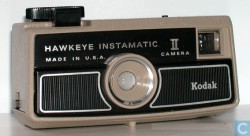 When I was a Boy Scout in the 1970’s there was no such thing as a home video recorder, so there was not a Cinematography Merit Badge. There was the Photography Merit Badge, however. I like taking pictures so I thought I would try earning that badge. I grabbed my Kodak Instamatic camera that used 126 film, a merit badge book, and began taking pictures.
When I was a Boy Scout in the 1970’s there was no such thing as a home video recorder, so there was not a Cinematography Merit Badge. There was the Photography Merit Badge, however. I like taking pictures so I thought I would try earning that badge. I grabbed my Kodak Instamatic camera that used 126 film, a merit badge book, and began taking pictures.
